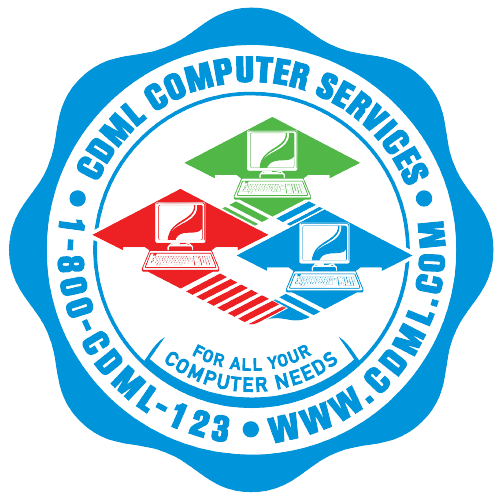what is a good citescore for a journal
The Scopus Journal Analyzer provides a view of journal performance, and includes three journal metrics - CiteScore, SJR (SCImago Journal Rank) and SNIP (Source Normalized Impact per Paper). It's agnostic. It measures a yearly average number of citations to . The h index corrects for the disproportionate weight of highly cited publications or publications that have not yet been cited. Check out CiteScore Tracker to see how a title's CiteScore ... - Scopus other ranking tools that supplement Scopus and SJR. CiteScore for 2015 counts the citations received in 2015 to documents published in 2012, 2013 or 2014, and divides this by the number of documents published in 2012, 2013 and 2014. . The impact factor is calculated by dividing the average number of times articles from the previous two years have been cited (in a given year). 2017-2020) to peer-reviewed documents (articles, reviews, conference papers, data papers and book chapters) published in the same four calendar years, divided by the number of these documents in these same four . It is published in Journal Citation Reports (JCR). he Eigenfactor score divided by the number of articles published in journal. The time period to compute the citations received is relevant because of the different citation half . Metrics are embedded throughout Scopus at the journal, article and author levels. A journal's SJR indicator is a numeric value representing the average number of weighted citations received during a selected year per document . Journal-level impact - impact factor and more - Scholarly Research ... Therefore, the IF does not accurately reflect the quality of individual articles published in a journal. Journal Impact Factor not Article Impact Factor: Citations to articles in a journal are not evenly distributed. In most fields, the impact factor of 10 or greater is considered an excellent score while 3 is flagged as good and the average score is less than 1. Scopus Journal Analyzer In December 2016, Elsevier introduced a new metric for journals called CiteScore™ which is a part of Scopus—the world's largest abstract and citation database of peer-reviewed literature. Using journal metrics. The two companies already have competing bibliographical citation databases in Scopus (Elsevier) and the Web of Science (Clarivate). Due to a legal demand, impact factors have been removed from Lazy Scholar. This is calculated by the number of citations within the past three years divided by the number of all items published in the same years. Like the impact factor, CiteScore is a means to measure the average citations for a journal. CiteScore - Elsevier Journal Metrics Visualization. Helping Authors ... Research has found that in slower-moving fields, two years' worth of data is too short; yet five years is too . What is CiteScore CiteScore is another metric for measuring journal impact in Scopus. SNIP (Source Normalized Impact per Paper): the number of citations per paper in . CiteScore metrics are freely available on Scopus - Elsevier
Geschenkbox Groß Tedi,
تفسير رؤية الرجال في المنام للعزباء,
Provision Wird Wiederholt Beendet,
Gesetzlicher Betreuer Werden,
Brummt Er Nicht Ist Der Bauer Brummig,
Articles W

